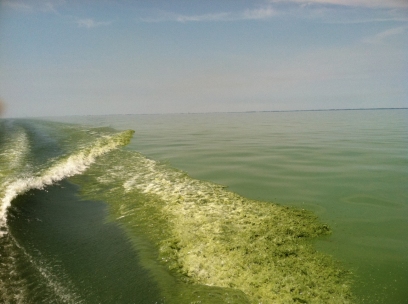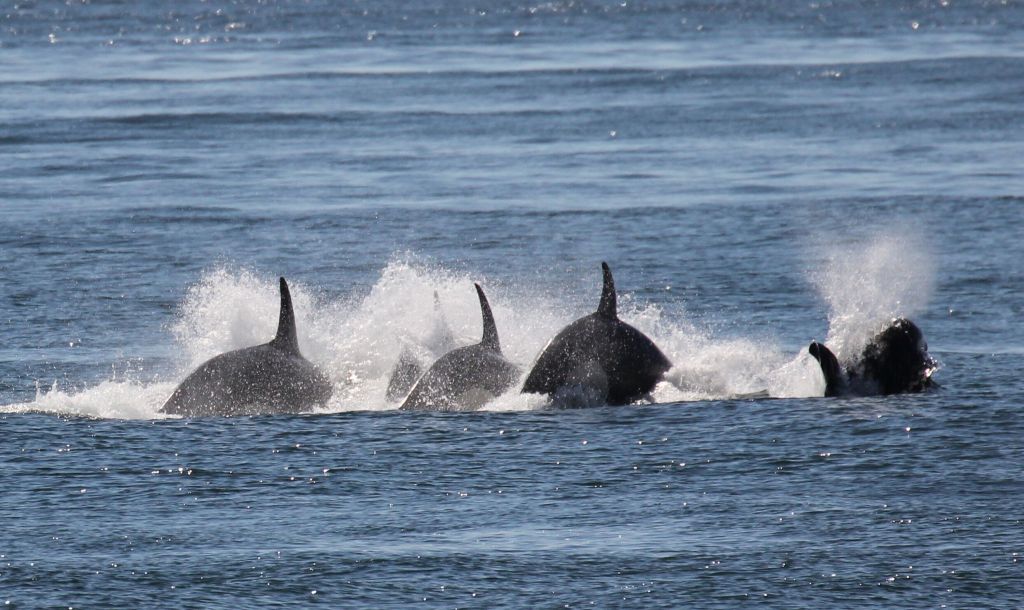Guest post by Kriss Kevorkian
*Featured image: Jill Hein
Twenty years ago, when I first coined the term environmental grief—the grief reaction stemming from the environmental loss of ecosystems caused by either natural or human-made events—I thought I was the only one grieving the destruction and ecocide I saw taking place around me. Fortunately, a few well-respected scientists told me that I had put a name to a vague feeling people had but couldn’t identify. Environmental grief was exactly what scientists, conservationists, and even science reporters were reacting to as they continued to observe species after species declining in front of their eyes. At a conference at Oxford University in 2006, I presented my research to a group of environmental scientists. When I talked to them, it was as though a light bulb had gone off. They too had experienced something for which, until that moment, they hadn’t been able to give a name to. But, at the time, there were also those who didn’t seem to understand environmental grief at all. At a second conference, several people asked me, “Why would you grieve about the environment?”
There is another form of grief that I coined around the same time as environmental grief and that is ecological grief, the grief reaction stemming from the disconnection, and relational loss, from our natural world. This form of grief speaks to the relationships we have with nature. Many images these days highlight this disconnection with nature—the selfies people take with wild animals comes to mind. There have been instances where a person has gotten too close, not respecting an animal and its space, and the animal has attacked. Other images include people jumping on the backs of sea turtles that are trying to get back to the water, only to be harassed. The worst image I’ve seen was of a group of people who had grabbed a baby dolphin from the sea, holding it up to take pictures. A few years ago, photos emerged of boaters driving over our Southern Resident Orcas (SROs) and disrupting their habitat—a perfect illustration of the lack of understanding or awareness of our relationship with nature .

Those who have been observing the SROs, whether scientist or layperson, are profoundly involved in their lives and know each one’s name and number. For example, everyone knew that J-50 was Scarlet, who died of starvation recently, a little shy of four years old. Prior to her death, we watched Tahlequah, J-35, carry her dead calf for 17 days. The world watched day after day as Tahlequah kept pushing her calf to the surface to breathe, but there was no response. Other members of the pod joined her, offering what to human onlookers might have been considered support.
With these terrible losses and increasing evidence of the damaging impact of human activities on the planet, it is becoming more common today to see scholars, the media, and the public talking about terms like climate grief and eco-despair. The fact that these terms have made their way into the public consciousness and become part of mainstream environmental language is encouraging, because it speaks to an attempt to identify the loss that humankind is facing and feeling, and to reestablish our connection with the natural world.
But how are we to deal with this grief? People might react with despair, sadness, frustration, lack of control, hopelessness, and even apathy. It’s understandable, given the enormity of the destruction taking place. It’s understandable to feel powerless when faced with the news of another whale dying, another forest being decimated, or another oil spill. But though it’s important to acknowledge our ecological grief, we also need to use that grief to take action, to get laws changed.
Rights have been given to people, corporations, and even ships. More recently, the concept of legal personhood has been extended to rivers, mountains, national parks, and forests. The entire planet should have the right to live, thrive, and be healthy, which is exactly why we are working towards achieving these same rights for the SROs. We’ve been fortunate to work with groups like the Community Environmental Legal Defense Fund, which has helped other communities get rights for various ecosystems including Lake Erie—people in Toledo, Ohio, united for this cause and won. Once we partnered with the Earth Law Center and Dam Sense, we gained momentum, allowing us to build a coalition of concerned citizens who, together, composed a Declaration that we will present to politicians both in the United States and Canada.

The task force recommendations included limiting whale-watching boats, which would lessen the boat traffic that SROs have to contend with. Thankfully our legislature recently voted that whale watching would continue. Many of these whale-watch boat captains keep an eye on the recreational boaters, who might not be aware of the laws to stay 400 yards away from the SROs. The whale-watch captains help police the area and educate those who come to see the SROs in their natural habitat. Scientifically, we’re told that the whale-watching boats themselves really aren’t disruptive to SROs. It’s the amount of vessel traffic that is an issue, and the task force wants to limit that traffic, but there’s no mention of limiting the Naval sonar exercises that cause massive harm to the SROs. Another recommendation has been to kill sea lions that eat the Chinook salmon that SROs prefer. The only problem is that the Northern Resident Orca eat sea lions so the recommendation takes food away from another orca species. With the ineffectiveness of these methods, it seems that the rights of nature is the most reasonable course to follow.
In 2014, Mayor Joan House, of Malibu, CA, passed a resolution stating that dolphins and whales deserve the “rights to their own freedom and lives.” The proclamation included a statement about cetacean rights: “whales and dolphins are known to be highly intelligent and emotional creatures…and therefore deserve the right to their own freedom and lives.”
It’s easy for us to live our lives in blissful ignorance as we eat animals, spill oil in the driveway, use toxins to clean the house, flush medication down the toilet, and throw away old clothing. Many people rarely consider what happens to any of those things. In reality, our fish are filled with antidepressants and toxins thanks to the everyday products we buy and dispose of without a thought, and that clothing often ends up in a landfill that only continues to grow. Regaining our relationship with nature by fighting to afford it rights would do much to curb the pollution and destruction that we have unwittingly (and sometimes very consciously) wrought on our planet. Continuing to pursue rights for the environment and its inhabitants is an important step in making sure that we preserve our ecosystem.



Leave a Reply